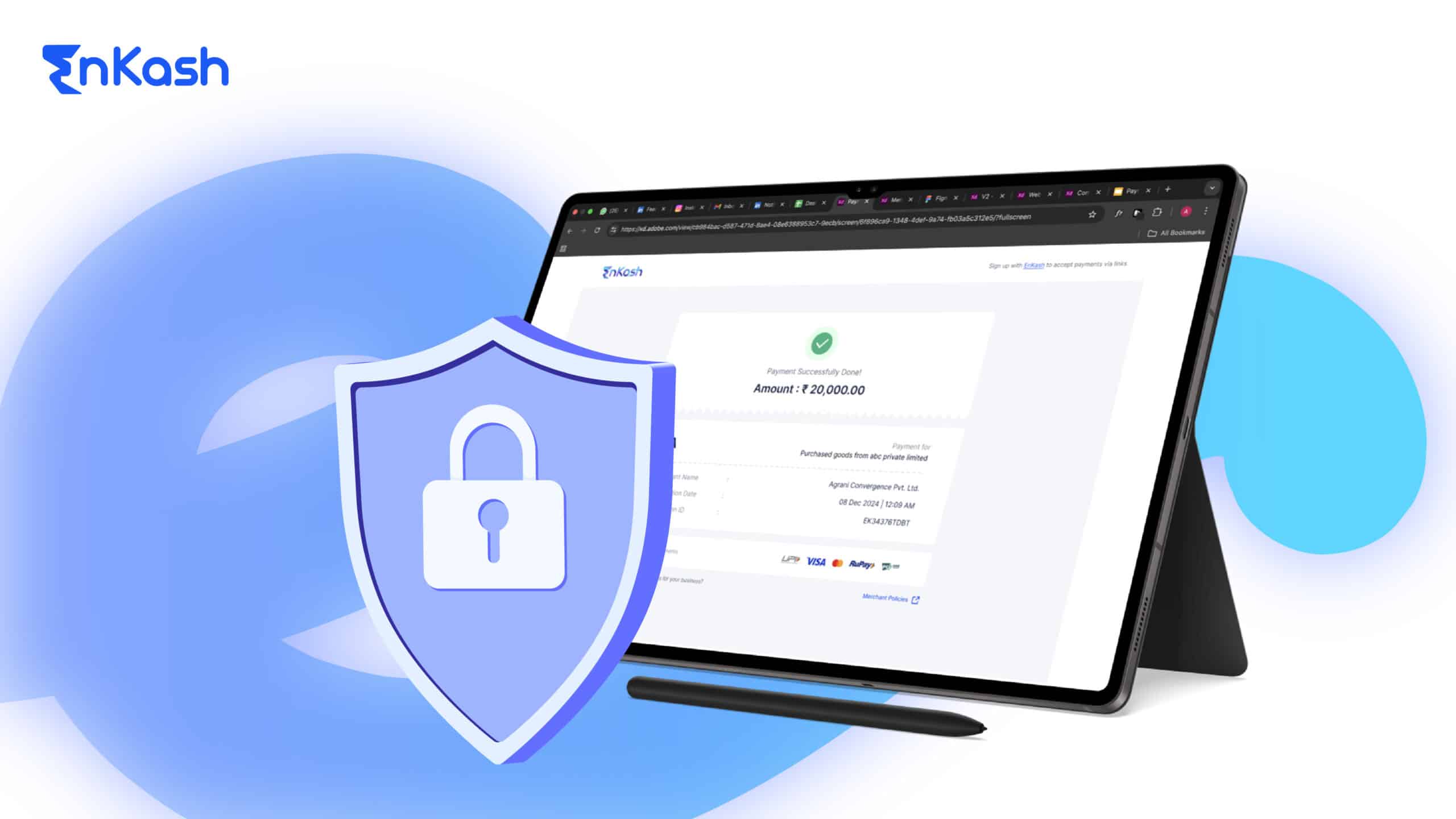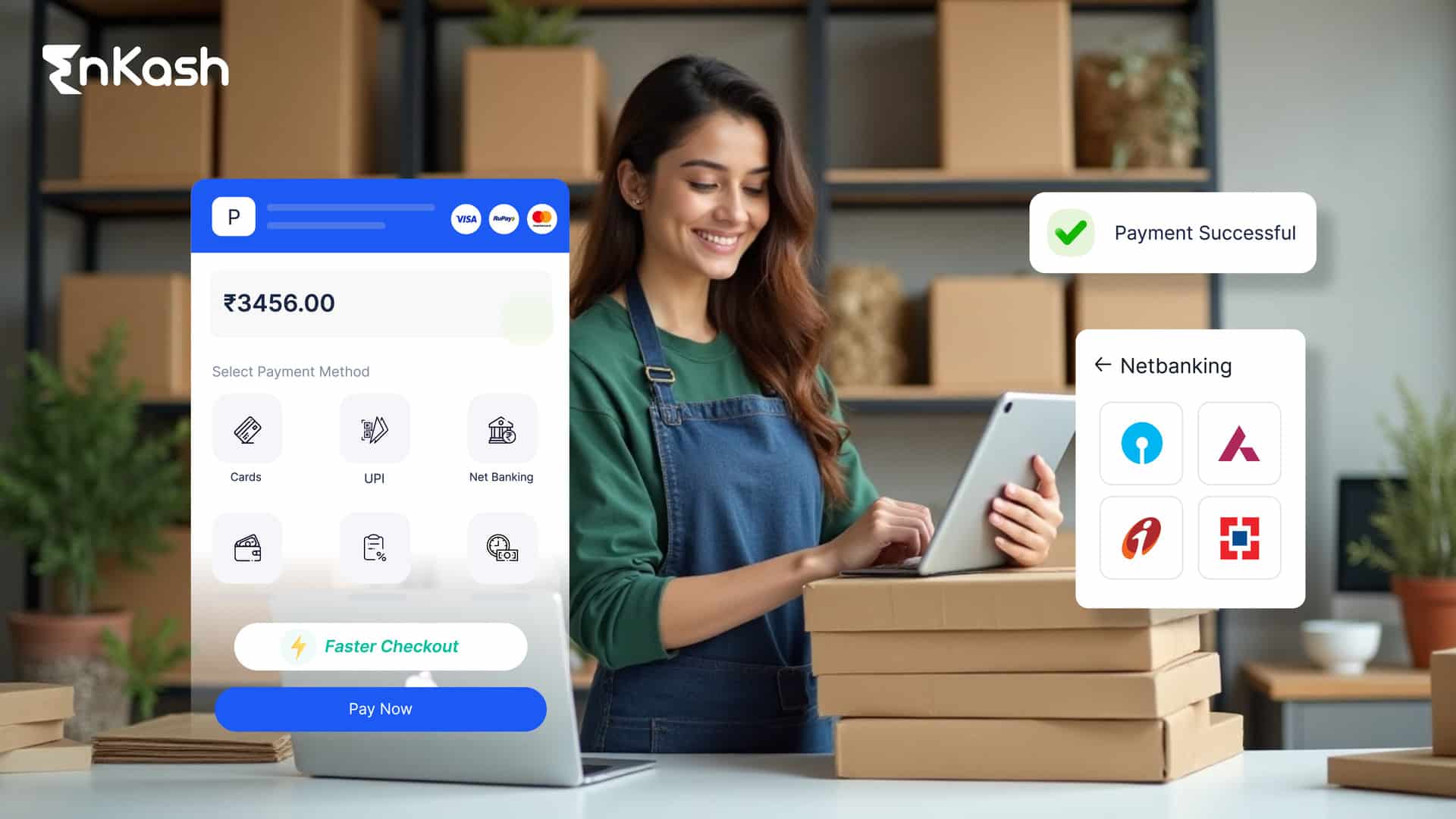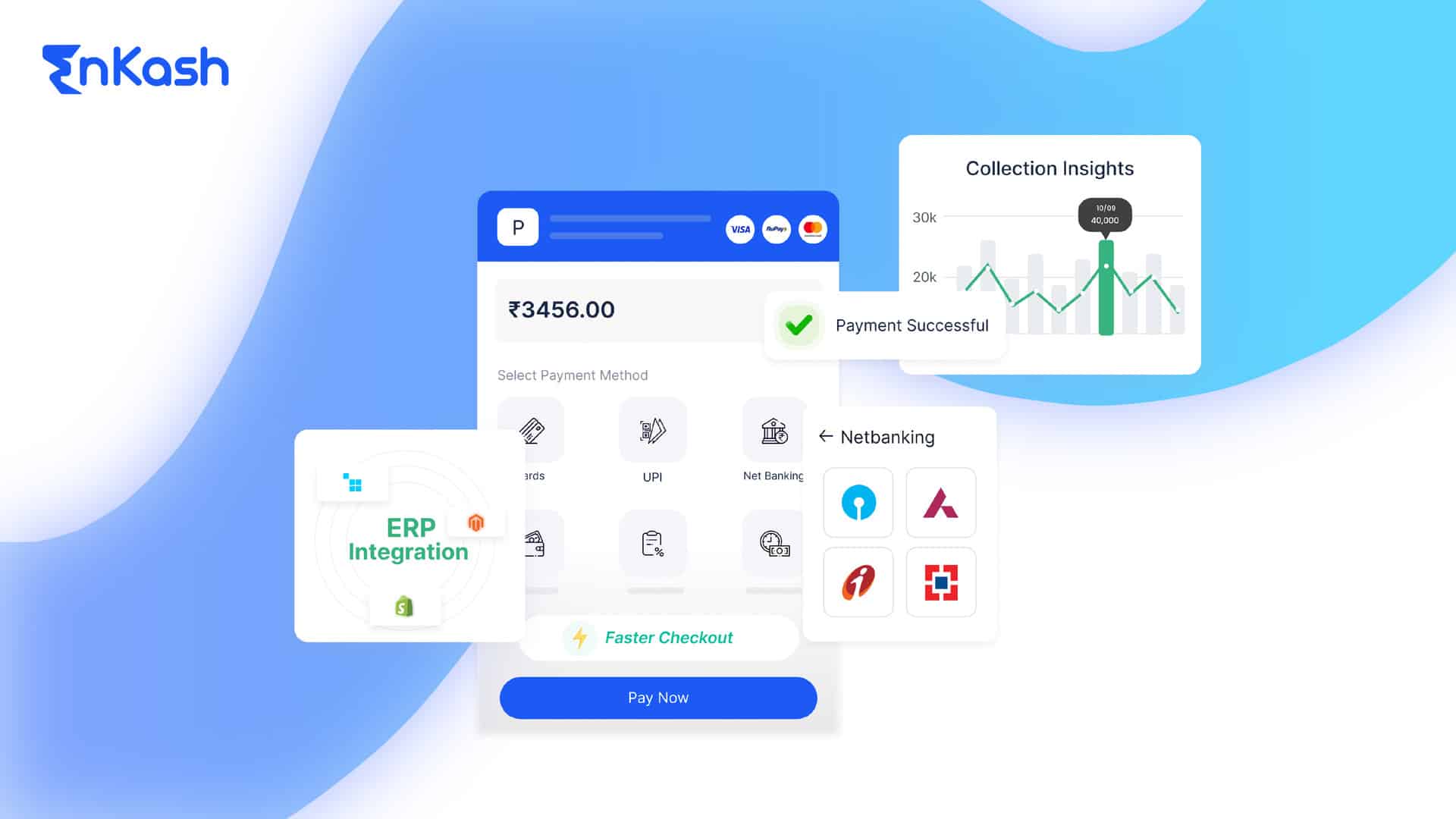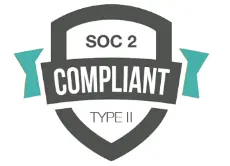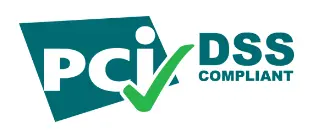Payment gateways help protect your customer’s confidential data when conducting a transaction over the internet, and now that businesses have been able to adopt digital payment solutions, it’s important to be aware of the most essential security features to keep both businesses and consumers safe. In this blog, we will cover everything you need to know about payment gateway security, PCI compliance, and best practices when it comes to secure online payments.
What is Payment Gateway Security?
Payment gateway security describes the processes, protocols and technologies that are used to secure sensitive financial information during online payments. Payment gateways serve as a medium between the buyer and merchant and encrypt payment data to maintain the security and privacy of transactions.
Payment gateway security is intended to guard against unauthorized access, theft, and breaches that might harm personal data. This is achieved by implementing a complex layering process that includes encryption, tokenization, authentication and industry standards such as PCI DSS.
Cybercrime and data breaches continue to increase as people shop and make payments online. Payment gateway security measures are essential for companies that store sensitive customer information, which can help to maintain the trust of customers and enable businesses to function without reputational harm or lawsuits.
Read More: Payment gateway
Key Payment Gateway Security Features
Many security measures ensure that payments via the payment gateways are secure, safe and fraud-free. Let’s look into these properties:
1. Encryption: The Backbone of Security
Encryption is one of the basic technologies that are applied to payment gateway security. It includes converting sensitive data (credit card numbers, personal data, transaction data) to unreadable code through an encryption algorithm. Only authorized individuals who have the decryption key can read and decrypt the encrypted content.
Encryption comes in two main types:
- Symmetric encryption: When encrypting and decrypting the data, the same key must be used.
- Asymmetric encryption: This will use two keys, one public and one private, to encrypt and decrypt data.
The encryption means that if payment data gets intercepted during transmission, even by hackers, it will not be worth anything without the decryption key.
Two of the most widely adopted encryption methods for secure internet transactions are SSL (Secure Sockets Layer) and TLS (Transport Layer Security).
2. Tokenization: Replacing Sensitive Data
Another important security measure to secure payment information is tokenization. It replaces a sensitive card number (such as a credit card number) with an identification number (“token”) that has no useful value and can’t be used for fraud if stolen.
Tokenized payment gateways securely hold the card data and generate a token that authorizes the transaction. This means that merchants never store personal card data directly. This eventually minimizes the possibility of data breaches. The token can be redeemed in the future, and businesses can store payment details securely for repeat customers without disclosing their card information.
Tokenization gives an extra layer of protection in the sense that if an attacker gets to the payment system, they only receive illegible tokens, not actual card information.
3. Authentication: Verifying User Identity
Authentication is the step of verifying the identity of a payer. Authentication prevents scam transactions and unauthorized payment gateway access by verifying that the user is indeed who they say they are
Authentication methods include:
- Single-factor authentication (SFA): It’s the simplest type of authentication, with only one authentication mechanism (usually a password).
- Two-factor authentication (2FA): Two-factor authentication includes a combination of a password and a one-time password (OTP) sent to the user’s phone or email. This adds an additional layer of protection.
- Multi-factor authentication (MFA): MFA means that you are using more than two authentication methods. This may include biometrics such as fingerprints or facial recognition, along with passwords and OTPs.
Along with these methods, 3D Secure (3DS) is an increasingly prevalent authentication protocol used for electronic payment. 3D Secure gives cardholders an extra layer of security by asking them to provide a special authentication code while completing the transaction. This number can be texted to the phone or even printed out on an app to make sure that the person making the purchase is the correct cardholder.
The newest release, 3D Secure 2 (3DS2), provides an easier user experience by allowing more authentication methods, such as biometric, risk-based and device fingerprinting.
4. Payment Gateway Security Standards: PCI DSS Compliance
PCI DSS (Payment Card Industry Data Security Standard) compliance is a set of security guidelines that can help companies protect cardholder data and provide best practices for payment card processing. PCI DSS was created by the biggest credit card companies (Visa, MasterCard, American Express, Discover, JCB) to protect customers from data breaches and fraud.
Businesses that store, process, or transfer credit card data are also required to use PCI DSS to ensure payments are processed securely. The principal PCI DSS requirements are:
- Install and update firewalls and security protections for cardholder information.
- Do not set default system passwords to prevent unauthorized access from vendors.
- Secure transmission of cardholder information across public networks.
- Download and keep antivirus software updated so as to guard against malware.
- Limit access to cardholder data to authorized personnel.
- Examine and monitor all cardholder access for suspicious activity.
- Make regular security tests of your security systems and procedures for weaknesses.
- Develop an adequate security policy to meet the requirements.
PCI compliance protects payment data for companies while also avoiding the penalties and fines that come with data breaches. It also helps companies develop credibility with customers who depend on the company to protect their payment data.
5. Fraud Detection and Prevention: Real-Time Monitoring
The fraud detection and prevention software helps identify fraud during the process of payment. Payment gateways use real-time monitoring to monitor payments and report any that are anomalous or suspicious.
The fraud detection methods used by payment gateways include, among others:
- Velocity checks: These checks check how many transactions the user performs over a given period of time. A particularly high number of transactions may be indicative of a scam.
- IP geolocation: This technique looks at the location of the IP address originating the payment. If a user is trying to make a purchase from a country or location where they don’t normally live, the payment might be flagged for verification.
- Machine learning and AI algorithms: These high-level algorithms are capable of recognizing patterns in transactions and flagging the transactions that are not in accordance with the pattern as suspicious.
Through real-time fraud detection, payment gateways can intercept a fraudulent transaction before it even takes place. This saves both merchants and customers from lost cash.
6. Secure Socket Layer (SSL) Certificates
SSL certificates are an important part of payment gateway security. SSL is a protocol that creates a secure connection between a browser and the merchant’s site. The SSL certificate ensures that all data exchanged between the two parties is encrypted. This means the data cannot be accessed or altered by malicious actors.
For websites that are equipped with an SSL certificate, the URL starts with https:// rather than http://. This means the website is SSL-encrypted. For merchants and stores that accept payment, an SSL certificate is necessary to ensure safe online payments.
7. Secure Electronic Transaction (SET)
SET (Secure Electronic Transaction) is a payment protocol introduced by Visa and MasterCard to protect cardholder and merchant data when completing credit card transactions. SET prevents fraud by protecting card information and limiting access to payment information to those approved to see the payment information.
SET uses digital certificates and encryption to validate buyer and seller identities. It also ensures neither party will ever compromise the payment data during a transaction. For merchants and stores that accept payments digitally, an SSL certificate is necessary to ensure secure online payments.
Read More: Rental payment
Why is PCI Compliance Important for Payment Gateway Security?
PCI Compliance is the fundamental component of online payment systems security. By complying with the PCI DSS standards, companies are able to drastically minimize data breaches, fraud, and penalties. Failure to implement PCI DSS can result in serious financial and reputational losses.
Failure to be PCI compliant can be costly for a business. Along with these penalties, companies could also be denied the ability to take credit card payments if found to be in breach of the PCI DSS regulations.
Benefits of PCI Compliance
- Reduces the Risk of Data Breaches: Through PCI compliance, organizations can take the security necessary to keep customer information safe and mitigate the risk of a data breach.
- Builds Customer Trust: Customers are more likely to rely on a company that’s PCI compliant, knowing that the payment data is protected.
- Avoids Legal and Financial Penalties: PCI compliance prevents businesses from facing legal fees and lawsuits that result from breaching PCI compliance.
The Role of Address Verification Service (AVS) in Payment Security
AVS is an important authentication method employed by payment gateways to verify the identity of their users when performing an online payment. AVS equates the billing address entered at the time of the purchase with the address on record with the credit card issuer to ensure that the person who purchased the item is the actual cardholder.
AVS can dramatically enhance the security of payments by notifying us of errors in address data which could indicate fraud. If there is a difference between the entered billing address and the registered address of the cardholder, the payment will be rejected or flagged for review. This simple but powerful security feature enables organizations to eliminate chargebacks and fraudulent transactions.
AVS is a powerful tool, but it also has some drawbacks (false rejections for small address errors such as abbreviations or typos, for example). However, paired with other security measures like tokenization and multi-factor authentication, AVS provides an extra layer of security for online payment processes.
Read More: Vendor payment
Enhancing Security with Risk-Based Authentication (RBA) and Device Fingerprinting
Risk-based authentication (RBA) is a smart approach that gateways adopt when determining the riskiness of a transaction based on a range of variables like location, amount, and past purchase history. RBA leverages machine learning models and real-time data analysis to determine whether further validation is required for a transaction.
For instance, if a customer purchases an unusual location or transaction size, RBA can run a second authentication stage to verify the legitimacy of the transaction. This safeguards businesses from fraudulent activities and delivers a smooth user experience for low-risk purchases.
The other cutting-edge security solution is device fingerprinting, which uses the particular details of a customer’s device (IP address, browser type, device settings, etc.) to identify a customer. By monitoring these device attributes, payment gateways will be able to tell if the transaction is coming from a trusted device or an untrusted device, adding a layer of security without asking customers for extra information.
Such technology helps companies maintain a perfect yet delicate balance between convenience and safety while allowing real-time exchanges to go through without any complications and preventing customers and merchants from falling for scams.
Read More: Vendor payment
Conclusion
As digital payments continue to dominate the e-commerce landscape, payment gateway security has never been more critical. Businesses must implement strong security measures, which include encryption, tokenization, authentication, and compliance with PCI DSS, to protect sensitive customer data and foster trust.
When businesses secure online payments, they can avoid fraud, theft, and damage to their reputation and provide users with a safe, frictionless payment experience. Security features that safeguard online transactions must also keep pace with advances in technology, and organizations need to make sure they are up-to-date on the latest security solutions to protect their customer’s financial data.
With a secure payment gateway, companies can remain competitive in the online economy by retaining the loyalty of customers and maintaining a market image of credibility and reliability.
FAQs
What is the difference between PCI DSS and GDPR compliance for payment systems?
PCI DSS refers to the security of the payment card data while you’re using it, and GDPR (General Data Protection Regulation) is a privacy law that addresses the protection of personal data at large. Companies that deal with payment data have to comply with both of these, with PCI DSS keeping payment data safe and GDPR keeping personal data safe.
How do merchants ensure payment gateway security for mobile apps?
In order to protect payment gateway security in mobile applications, merchants should write in a secure code, have secure encryption (SSL/TLS), tokenize card information, add biometric authentication, and adopt PCI DSS for mobile payments.
Can payment gateways detect and prevent chargeback fraud?
Yes, a majority of payment gateways already have built-in chargeback management capabilities that can detect unusual transactions or report fraudulent transactions. And they also provide tools for companies to challenge chargebacks and prevent fraud.
How do payment gateways handle refunds securely?
Payment gateways securely process refunds by following the same encryption and authentication protocols used for transactions. Refunds are usually issued to the original payment method, and the process is monitored to ensure that it is legitimate and secure.
Is it necessary to have multi-currency support in a payment gateway for international transactions?
Although not mandatorily required, multi-currency integration in a payment gateway can benefit businesses serving international customers. It facilitates safe foreign-currency exchanges, providing a frictionless customer experience and eliminating currency scams.
How can businesses prevent fraud during recurring transactions or subscriptions?
Businesses can avoid fraud at regular transactions by using strong authentication (2FA) and watching transactions for unusual activity. Using tokenization for repeated payments also lowers the risk of fraud by encrypting sensitive information.
What role does the Payment Service Provider (PSP) play in payment gateway security?
A Payment Service Provider (PSP) manages the flow of transactions between the customer, merchant, and acquiring bank. The PSP maintains payment gateway security by offering fraud prevention, encryption, and PCI DSS compliance to help secure the transaction of sensitive data.
How does payment gateway security work for digital wallets like PayPal or Google Pay?
Digital wallets secure payment information through tokenization and encryption. When a user makes a payment in a digital wallet, the wallet sends out a token rather than the card information and no payment data is ever revealed during the transaction.
What are the implications of payment gateway downtime on security?
Payment gateway downtime can compromise transaction security, as it prevents encryption or authentication. It also can make a business more susceptible to fraud when systems are not regularly scanned during downtime. Businesses should also make sure their payment gateway providers have redundancy and failover mechanisms in place to mitigate this risk.
Are there any alternatives to traditional payment gateways for securing online transactions?
Yes, blockchain-based payment systems and cryptocurrencies such as Bitcoin offer an alternative to traditional payment gateways. These decentralized applications use cryptographic security to encrypt payments and thus provide additional security over traditional payment systems. But such alternatives also come with their own problems and drawbacks, including changing values and slow acceptance.








